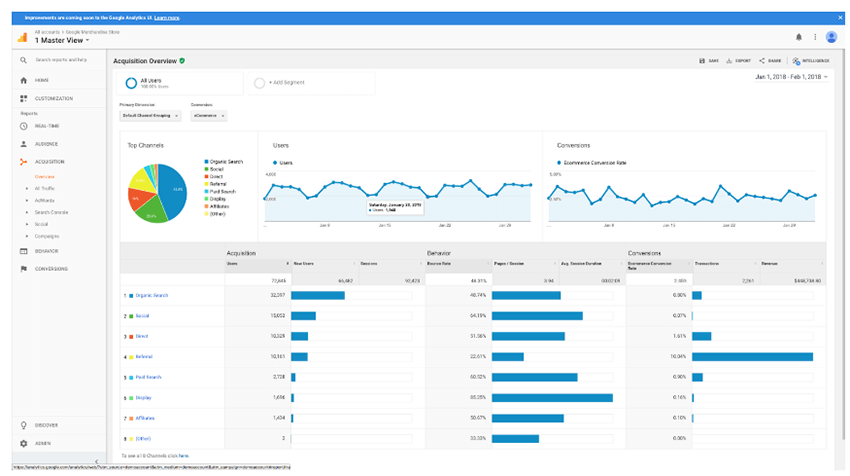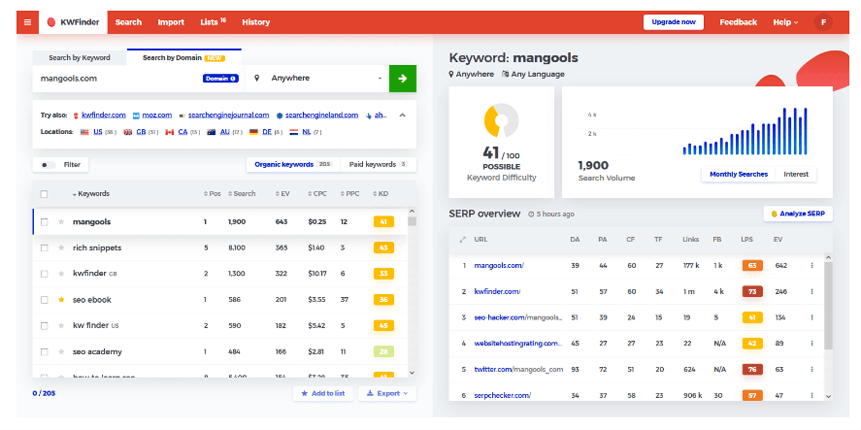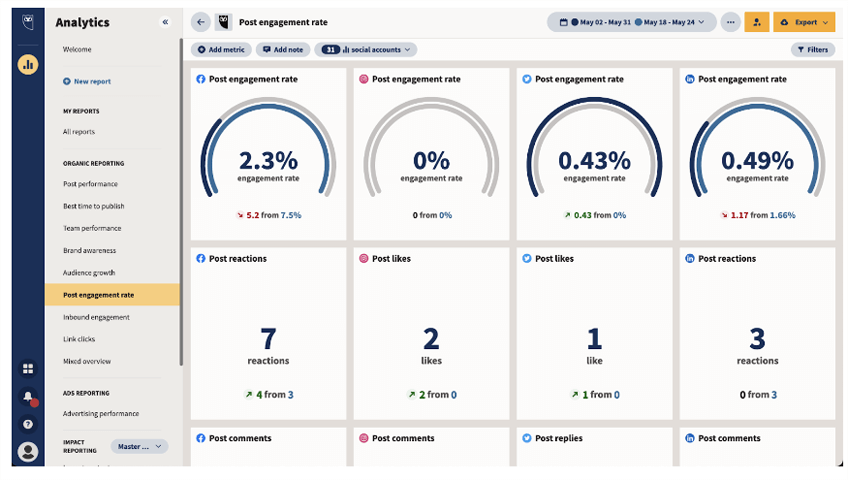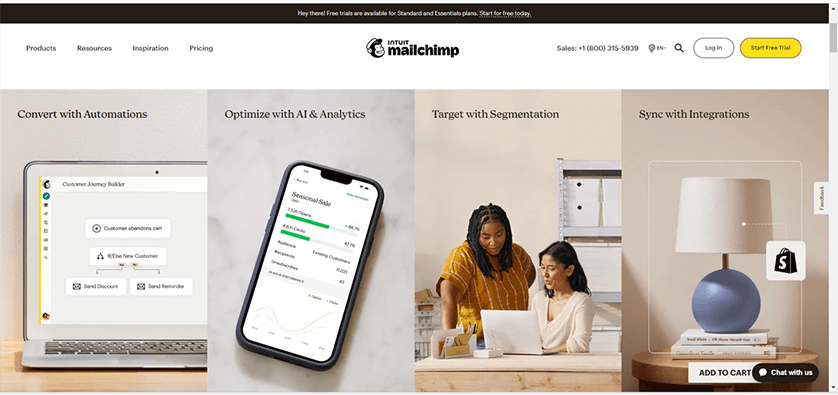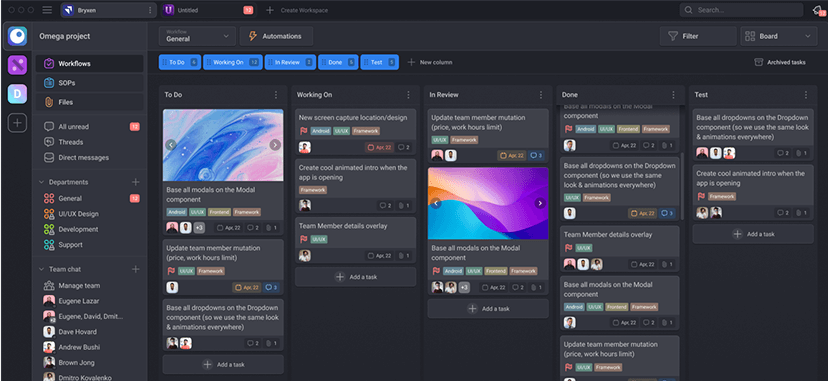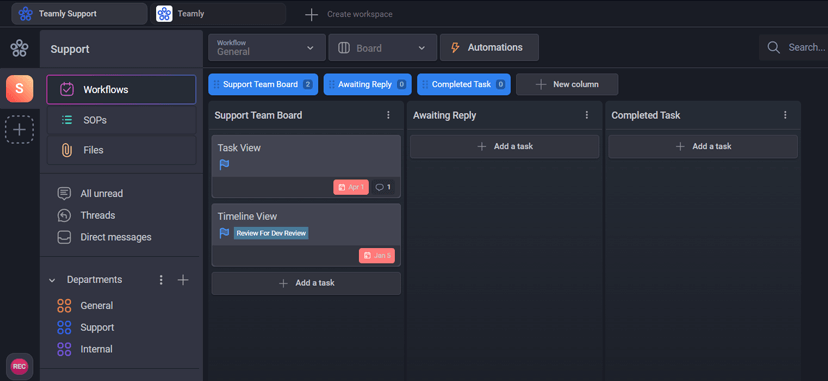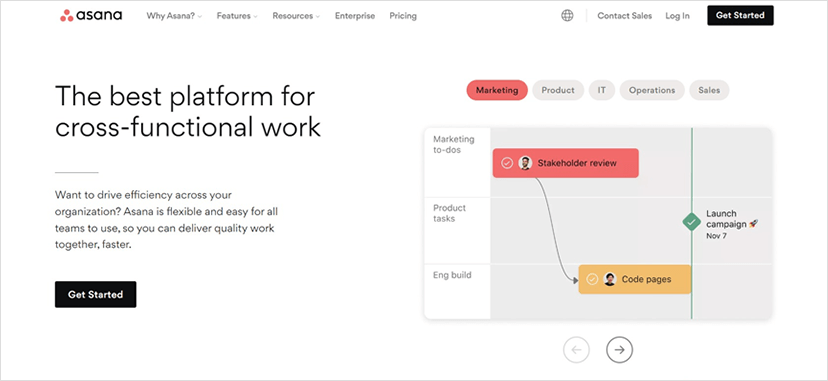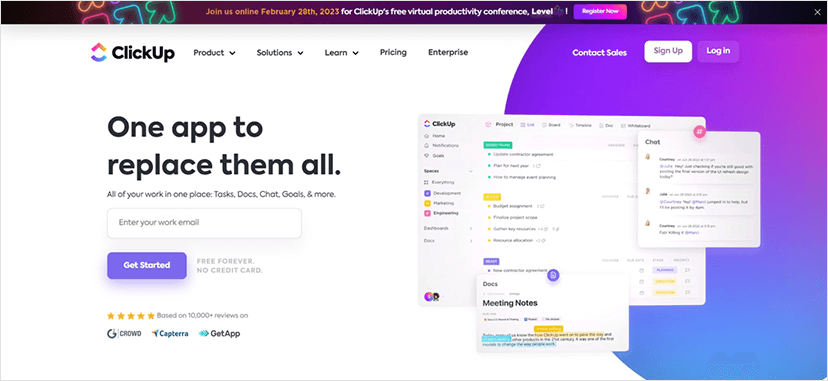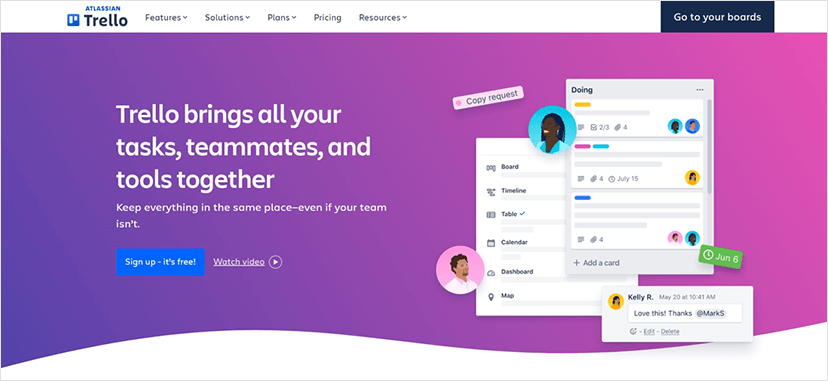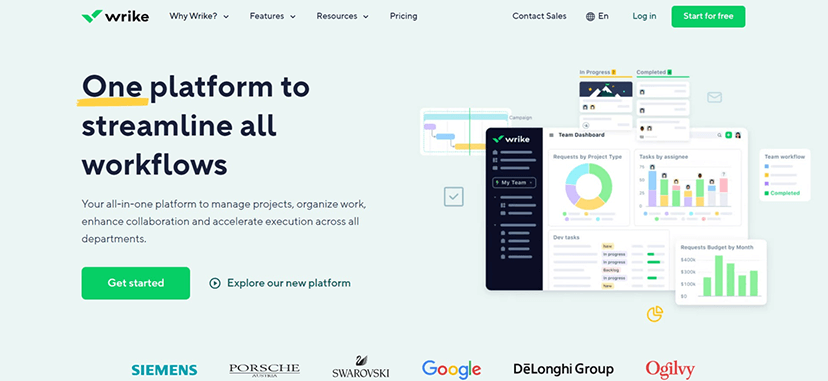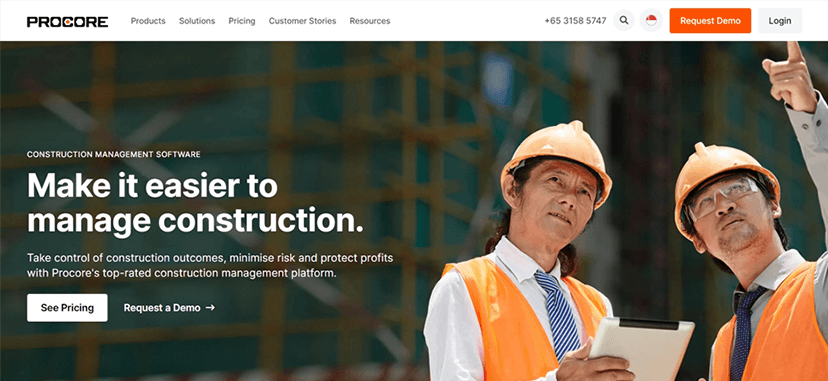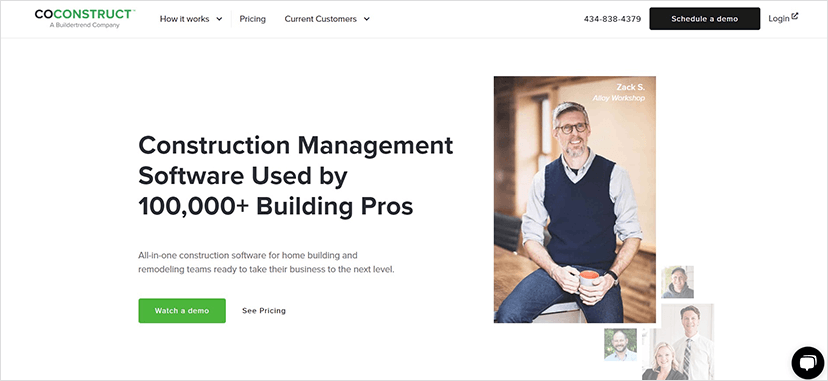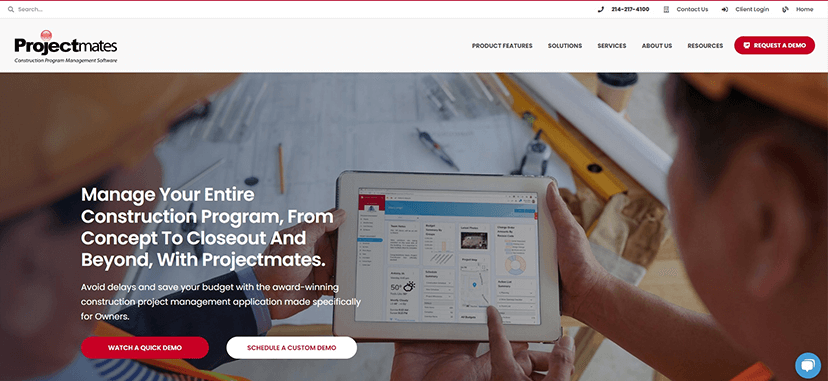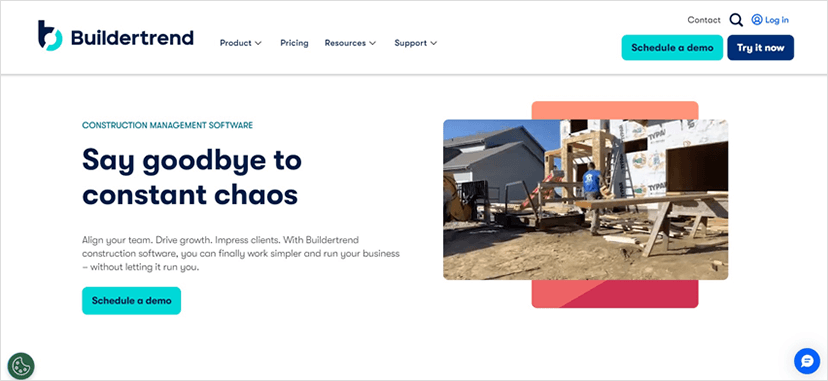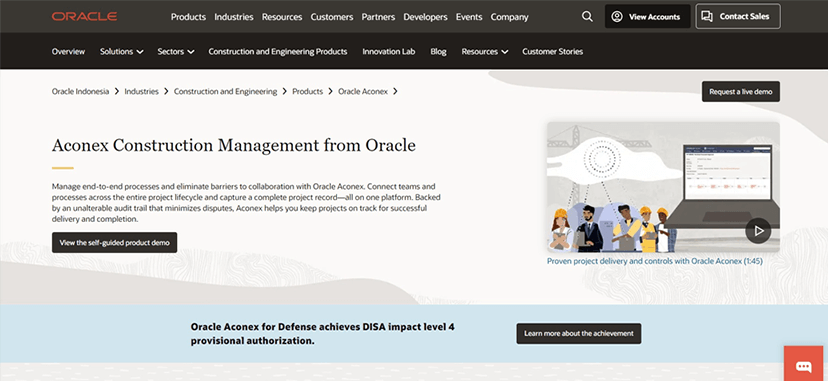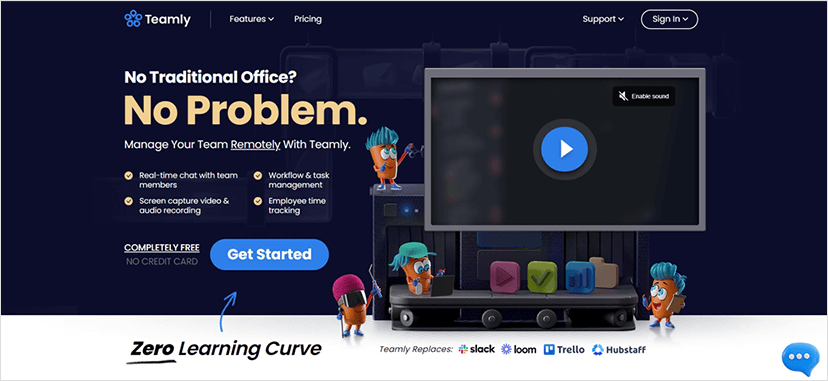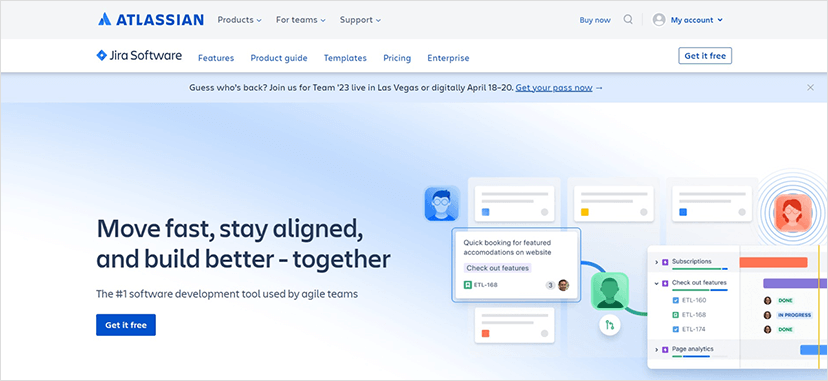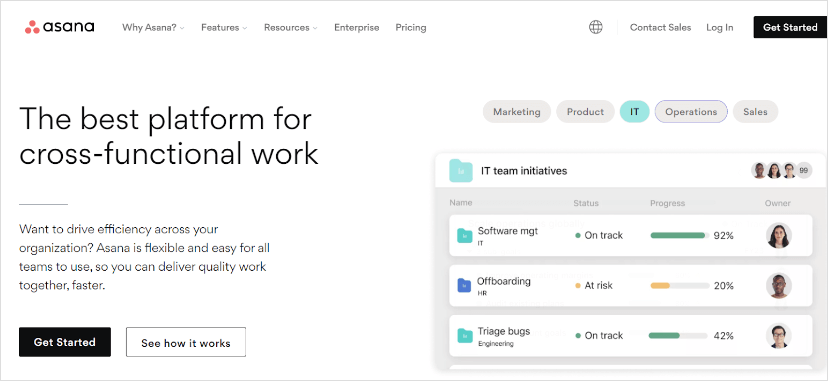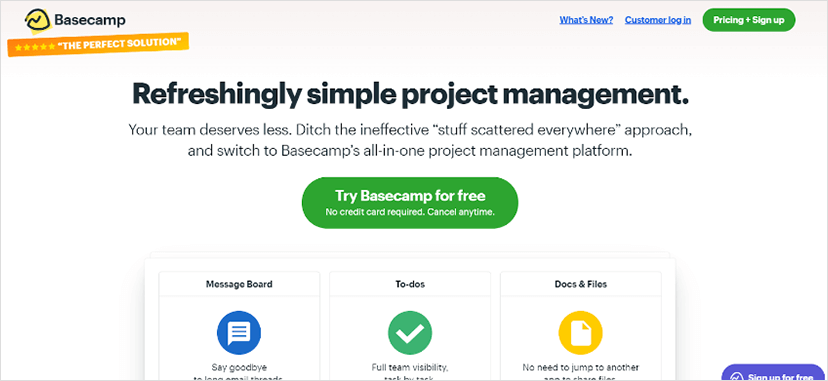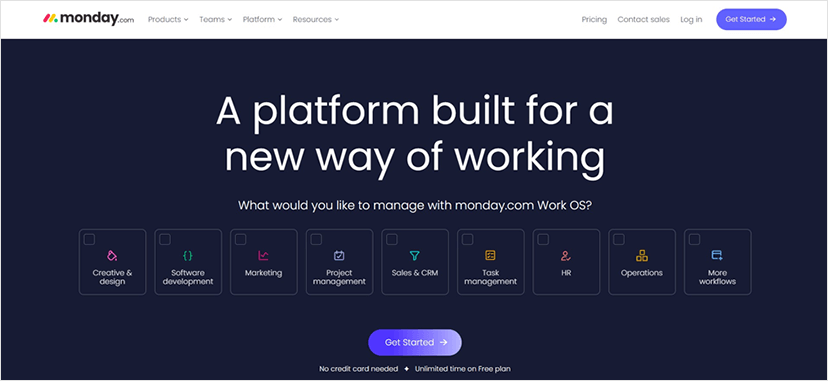Imagine you’ve spent countless hours crafting the perfect marketing campaign, but how do you know if it’s truly effective?
That’s where revenue attribution comes into play.
It’s a powerful way to connect the dots between your marketing efforts and the revenue they generate.
By looking at the customer journey and giving credit to the touchpoints that lead to conversions, you can get some priceless insights into what’s working and what’s not.
As a result, you’ll be in a better position to fine-tune your marketing efforts and make more informed decisions about where to invest your precious time and money.
In this article, we’ll take a deep look at what revenue attribution is, take a closer look at various models, and guide you in selecting the most appropriate one for your business.

Demystifying Revenue Attribution
Let’s start by breaking down what revenue attribution is all about.
In a nutshell, revenue attribution is the process of assigning credit to specific marketing channels or campaigns that have contributed to generating revenue for your business. It’s like a roadmap that helps you understand which marketing efforts are actually bringing in the cash and driving your company’s growth.
Now, you might be wondering why revenue attribution is such a big deal in marketing and sales strategies. Well, the simple answer is that it’s essential for making informed decisions about where to invest your marketing dollars.
By pinpointing which channels or campaigns are delivering the best return on investment (ROI), you can allocate your resources more effectively and focus on what’s truly working for your business. This, in turn, allows you to fine-tune your strategies, set realistic goals, and ultimately boost your overall performance.
But it doesn’t stop there.
Revenue attribution also plays a crucial role in optimizing your marketing efforts. With a clear understanding of the impact of each channel and campaign, you can make data-driven decisions to improve your marketing tactics.
For example, you might discover that one channel is underperforming and need to rethink your approach. Or, you may find that a specific campaign is a real winner, and you should invest more in similar initiatives.
In short, revenue attribution gives you the insights you need to make smarter marketing choices, maximize your ROI, and drive sustainable growth for your business.

Breaking Down Revenue Attribution Models
Now that we have a solid understanding of revenue attribution let’s take a closer look at the different models available. Each model assigns credit to marketing channels and campaigns in unique ways, and understanding these distinctions is crucial for selecting the right approach for your business.
Below we will examine six popular revenue attribution models and provide examples to illustrate how they work.
First-click attribution
The first-click attribution model allocates all the credit to the initial touchpoint a customer interacts with on their journey to making a purchase.
For instance, if a customer first discovers your brand through a Facebook ad and later makes a purchase after seeing a Google Ad and receiving a promotional email, the first-click model would give all the credit to the Facebook ad. This model is relatively simple, but it can sometimes overlook the contributions of other channels or campaigns that play a role later in the conversion process.
Last-click attribution
In contrast, the last-click attribution model assigns all the credit to the final touchpoint before a conversion.
Using the same example as above, the last-click model would give all the credit to the promotional email since it was the last interaction before the purchase. This model is a popular choice, but it can also be somewhat narrow in scope, as it doesn’t account for the cumulative impact of earlier marketing efforts.
Linear attribution
The linear attribution model distributes credit evenly across all touchpoints in the customer journey.
In our example, the Facebook ad, Google Ad, and promotional email would each receive one-third of the credit for the conversion. While this approach acknowledges the importance of each interaction, it might not accurately reflect the true value of each channel or campaign, as some touchpoints may be more influential than others.
Time-decay attribution
The time-decay attribution model assigns more credit to touchpoints that occur closer to the conversion. Essentially, it gives more weight to the channels and campaigns that push customers over the finish line.
In our example, the promotional email would receive the most credit, followed by the Google Ad and the Facebook ad. This model recognizes the importance of those final, persuasive interactions but may undervalue the role of earlier touchpoints in building awareness and interest.
Position-based attribution
Also known as the U-shaped attribution, the position-based model allocates a higher percentage of credit to the first and last touchpoints, with the remaining credit spread evenly across the other interactions.
For example, the Facebook ad and promotional email might each receive 40% of the credit, while the Google Ad would get the remaining 20%. This model strikes a balance between valuing the crucial initial and final engagements while still recognizing the contributions of other touchpoints in the customer journey.
Custom attribution models
If none of the above models feel like the perfect fit for your business, you can create a custom attribution model tailored to your specific needs. This approach allows you to assign credit to touchpoints based on your unique understanding of your marketing efforts and the customer journey.
For example, you might assign higher credit to touchpoints that have historically generated more conversions or are better aligned with your strategic goals.
It is essential to remember that there is no one-size-fits-all solution when it comes to revenue attribution models. The key is to find the model that best aligns with your marketing goals, sales strategies, and overall business objectives.
By doing so, you’ll be better equipped to optimize your marketing efforts and make more informed decisions about where to allocate resources for maximum impact.

The Power of Marketing Revenue Attribution for Your Business
Revenue attribution serves as a powerful tool for marketing teams, as it helps demonstrate the value and effectiveness of their campaigns and initiatives.
Establishing a clear link between marketing activities and the revenue they generate means marketing teams can better assess the success of their efforts and identify areas for improvement. This insight is invaluable in justifying marketing budgets, securing executive buy-in, and refining marketing strategies to drive even greater revenue growth.
One significant advantage of revenue attribution is its ability to pinpoint the marketing channels that deliver the best results. With this information, marketers can focus their efforts on the channels that truly drive conversions while deprioritizing or reevaluating underperforming ones.
A data-driven approach like this enables teams to make more strategic decisions and allocate resources where they will have the most significant impact on revenue generation.
Marketing revenue attribution is also a great opportunity for optimizing marketing budgets and maximizing return on investment (ROI). By identifying the most effective marketing channels and campaigns, teams can allocate their budgets more efficiently, ensuring they invest in initiatives that drive real results.
Proper budget allocation not only helps marketing teams demonstrate their value but also contributes to overall business growth and success.
Revenue attribution provides insights into which marketing channels and campaigns resonate most with different customer segments. By understanding the preferences and behaviors of high-value customers, marketing teams can tailor their messaging and offers more effectively, leading to improved customer experiences, increased engagement, and higher conversion rates.
Revenue attribution also helps bridge the gap between marketing, sales, and other departments within an organization.
A clearer understanding of the impact of marketing activities on revenue generation means revenue attribution fosters alignment and collaboration among teams. This cross-functional cooperation ensures that everyone is working towards the same goals and contributes to the overall success of the business.
Insights gained from marketing revenue attribution can inform future marketing strategies and guide decision-making.
Being able to identify trends and patterns in past marketing efforts, teams can make data-driven predictions about which tactics are likely to be successful in the future. This proactive approach leads to more efficient marketing campaigns, better resource allocation, and a higher likelihood of achieving marketing and revenue goals.
Lastly, marketing revenue attribution can provide tangible evidence of marketing’s contribution to a company’s bottom line, making it easier to communicate the value of marketing efforts to stakeholders. The increase in transparency and accountability can help secure executive buy-in, justify marketing budgets, and showcase the team’s achievements.

How To Create an Attribution Formula
An attribution formula is a mathematical equation or model that assigns a specific value or weight to each marketing touchpoint along the customer journey. This formula helps marketers determine the relative importance of each touchpoint in driving conversions and generating revenue.
Marketers can optimize their strategies and allocate resources more effectively by understanding the impact of each marketing channel, tactic, or campaign.
Steps to create a marketing revenue attribution formula
A marketing revenue attribution formula may look different depending on your business and which models you use.
However, there are some easy steps to follow to make this easier:
- Define your objectives: Determine the specific goals you want to achieve with your attribution model, such as identifying high-performing marketing channels or improving ROI.
- Identify key touchpoints: Map out the customer journey and pinpoint the most critical touchpoints where customers interact with your marketing efforts.
- Collect and analyze data: Gather data on customer interactions, conversions, and revenue generation across all marketing channels, campaigns, and tactics.
- Assign weights to touchpoints: Based on your objectives and data analysis, assign a specific weight or value to each touchpoint. This can be done using an existing attribution model or by creating a custom model tailored to your business needs.
- Calculate attribution values: Multiply the assigned weights by the corresponding revenue or conversions for each touchpoint. This will give you the attributed revenue or conversions for each marketing channel or campaign.
- Evaluate and iterate: Continuously analyze the results of your attribution formula to identify trends, patterns, and areas for improvement. Adjust your marketing strategies and resource allocation based on the insights you gain from your attribution model.
Examples of marketing revenue attribution formulas
Now let’s take a deeper look at the revenue attribution models we mentioned earlier and how this may look for your business:
First-click attribution example:
In this model, the first touchpoint in the customer journey receives full credit. If your business made $6,000 from a specific campaign and the first touchpoint was a blog post, the entire $6,000 would be attributed to the blog post.
Last-click attribution example:
With this model, the last touchpoint before conversion gets full credit. For instance, if your business generated $8,000 from a campaign and the last touchpoint was a Facebook ad, the entire $8,000 would be attributed to the Facebook ad.
Linear attribution example:
In this model, equal credit is given to all touchpoints along the customer journey. If a customer journey has three touchpoints (A, B, and C) and produces $3,000 in revenue, the linear attribution formula would allocate $1,000 (1/3 of the total revenue) to each touchpoint (A, B, and C).
Time-decay attribution example:
This model assigns more credit to touchpoints closer to the conversion event. Suppose a customer journey has four touchpoints (A, B, C, and D) and yields $4,000 in revenue. Using an exponential decay function, you could allocate weights of 10%, 20%, 30%, and 40% to touchpoints A, B, C, and D, respectively. The attributed revenue for each touchpoint would then be $400, $800, $1,200, and $1,600, respectively, growing as the customer gets closer to conversion.
Position-based attribution example:
This model assigns higher weight to the first and last touchpoints, with the remaining weight distributed equally among other touchpoints. Typically, the first and last touchpoints get 40% of the credit each, while the remaining 20% is shared among other touchpoints.
If a customer journey has four touchpoints (A, B, C, and D) and generates $1,000 in revenue, the position-based formula would allocate $400 (40%) to touchpoints A and D, and $100 (10%) each to touchpoints B and C.
Custom attribution example:
Custom models allow you to create a unique formula based on your business needs and objectives. You can assign custom weights to each touchpoint in the customer journey.
For example, if your business values touchpoints differently, such as 50% for the first touchpoint, 30% for middle touchpoints, and 20% for the last touchpoint, you can create a custom attribution formula reflecting these priorities.

Putting Revenue Attribution to Work in Your Business
Successfully adopting revenue attribution in your business begins with choosing the right model that aligns with your objectives and marketing strategy. It’s essential to test multiple models to determine which provides the most actionable insights.
Establish a consistent process and ensure that your marketing and sales teams have a clear understanding of the revenue attribution process and how it will be implemented across campaigns and channels.
Educating your team is crucial to ensure everyone involved in marketing and sales understands the benefits and mechanics of revenue attribution. Regular training and updates can help keep your team informed and engaged.
Integrate revenue attribution into your marketing strategy by using the data from your revenue attribution efforts to guide your marketing strategy and decisions, focusing on high-performing channels and campaigns. Continuously optimize campaigns by leveraging revenue attribution insights to identify areas for improvement and make data-driven adjustments to your marketing campaigns and tactics.
Set SMART (Specific, Measurable, Achievable, Relevant, and Time-bound) goals for your marketing team using revenue attribution data, ensuring everyone is working towards the same objectives.
Leverage marketing automation and analytics tools to streamline the revenue attribution process. Utilize marketing automation tools to collect and analyze data from various touchpoints and channels.
Select analytics tools that align with your chosen revenue attribution model and provide the insights needed to make informed marketing decisions.
Regularly track and evaluate the performance of your marketing efforts using revenue attribution data, ensuring that your marketing strategy remains aligned with your business objectives.
By putting revenue attribution to work in your business, you can unlock valuable insights to drive growth and success in your marketing efforts.
Conclusion
Marketing channels and campaigns bring in revenue, so you need to be able to allocate resources like a pro, focus on what works best, and keep refining your approach to fuel growth. Plus, revenue attribution helps different departments work together like a well-oiled machine, aligning everyone towards the same goals.
So, go ahead and embrace revenue attribution as a core component of your marketing strategy. You’ll unlock a treasure trove of insights that can propel your business towards greater success.
And by continuously evaluating and adjusting your approach based on revenue attribution data, you’ll be better equipped to make informed decisions, skyrocket your marketing ROI, and achieve your business goals.










